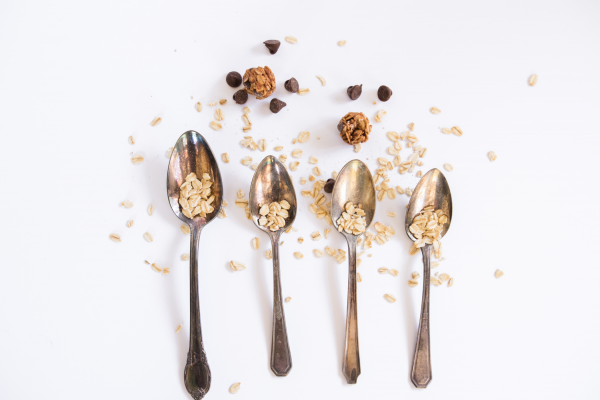
Would you like to try a different type of grain than white rice or wheat? Then we have good news for you:these are the 11 healthiest grains in the world. And you can use them for all kinds of dishes! Are you reading along?
Barley is traditionally found in soups and salads. It has more fiber than any other grain and it contains a lot of phytochemicals and the soluble fiber beta-glucan. These antioxidants help decrease bad cholesterol and help build your immune system. In addition, it contains a lot of manganese, selenium and a vitamin B, thiamine.
Read also :'Q&A:does bread make you fat?'
This South American cereal can be prepared in 15 minutes, which makes it an ideal ingredient for meal prep. In addition, it is very nutritious; it is a fantastic source of vegetable protein as it contains all the essential amino acids. It also contains fewer carbohydrates and more protein than other grains, as well as magnesium, phosphorus, manganese and folic acid.
Amaranth is a small, gluten-free grain and consists of 14 to 15 percent protein, which is more than in both rye and buckwheat. In addition, it contains many phytochemicals, magnesium, manganese and phosphorus. A very nutritious source!
This gluten-free cereal is widely eaten as a breakfast cereal, in Japanese noodles (soba noodles) and in granola, pancakes and crepes. It contains antioxidants that are associated with the prevention of cancer and heart disease. In addition, it contains a lot of soluble fiber; not the whole grain is digestible, which can improve your blood cholesterol and blood glucose. And it also contains a lot of magnesium, copper and manganese!
An easy way to remember what teff is:it is the smallest grain in existence and the main ingredient in Ethiopian Injera bread. It is one of the grains with the highest protein content, next to amaranth. It is gluten-free and high in iron and magnesium, as well as fiber, phosphorus, zinc, thiamine and vitamin B6. What more could you want?
Oats contain polyphenols, which act as antioxidants and therefore have a strong anti-inflammatory effect. They are also high in beta-glucan, a soluble fiber that lowers LDL cholesterol and may lower the risk of some types of cancer. It can also help lower your blood pressure, thanks in part to the amount of fiber, iron, magnesium, phosphorus, zinc, copper, thiamine, manganese and selenium it contains. Did you know that oats are naturally gluten-free? However, it can be processed in products with grains that do contain gluten, so be careful what you get!
Farro is a well-known cereal in Italy and the Mediterranean area. There are two types:traditional farro which is unprocessed and pearl farro, which is processed and therefore easier to prepare. The taste is nutty, savory and has a bite. You can use this fiber-rich grain in salads, soups and as a substitute for rice.
Most people know bulgur as the main ingredient in tabbouleh salad. Bulgut contains a lot of fiber and manganese and is also a good source of magnesium, phosphorus and niacin. And did we mention that it is incredibly tasty?
Have you ever heard of freekeh? Freekeh has a fine texture and is therefore ideal for salads or as a side dish. This relatively unknown grain also contains a lot of iron, which means that it is also healthy for you. Win-win!
This type of rice contains more protein and fiber than brown rice. In addition, it gives your dishes a slightly different texture and bite than 'normal' rice. A really nice alternative to try once!
This gluten-free Asian cereal is used in porridge, to make congee (Asian rice porridge), and for stir-fries. Millet is high in antioxidants, manganese and is a good source of magnesium, phosphorus, copper, thiamine and niacin. It may not be a very well-known cereal, but it is one that is worth it!